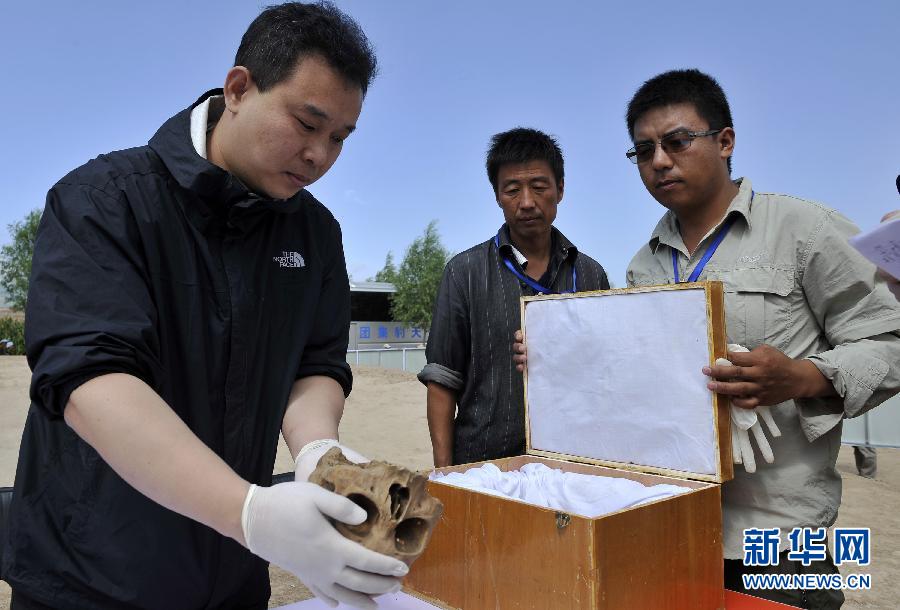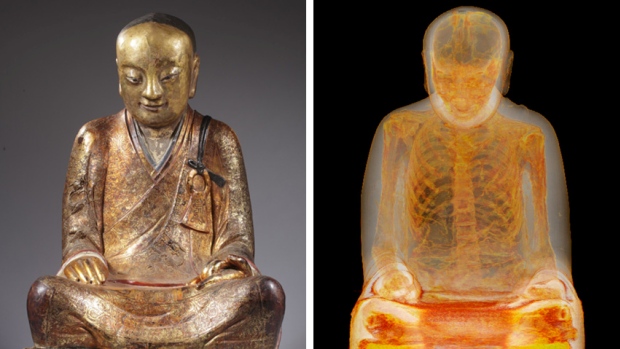Behold, the first expat! The remains of a human skull, originally uncovered by intrepid Chinese scientists in Guyuan – a small city in Ningxia, South West China, may in fact be of European origin.
Predating Marco Polo by some 600 hundred years, the 1,400-year-old European skull was unearthed from the enchantingly named “M1401 tomb” on what was once an integral stop on the Silk Road.
Zhang Quanchao, a professor from the Research Center for Chinese Frontier Archaeology of Jilin University, described the skull as having “typical European features”. He explains:
From the skull you can see there is a protruding nasal bone, nasal root depression as well as a prominent facial level [big nose]; these are typical characteristics of Europeans. Unfortunately we've only found an incomplete skull. Through subsequent excavations of teeth, bone etc., and technological means we can make more precise judgements on age etc. If there are no other findings, we will try to extract DNA in the skull. We will compare the DNA to that of a bone from a Shi [clan member's] tomb to see if there exists a genetic relationship.
Zhu Cunshi, head of the archaeological team, said miscellaneous items from the early Tang Dynasty (618-907) including clay figures, copper coins and murals were recovered in the digging.
Although discovered in the 80's, the tomb was opened by archaeologists only two months ago to 'protect it from illegal excavations'.





















0 User Comments